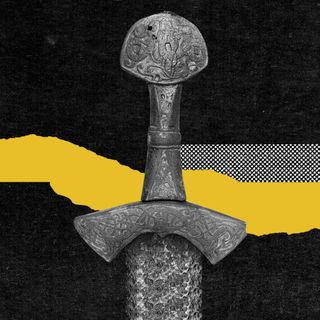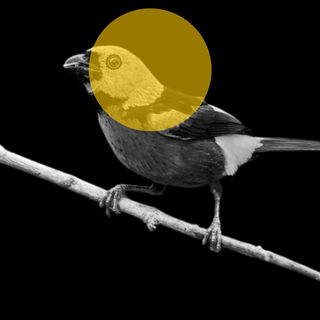“It’s the closest thing we have to a real-life dragon,” said Timothy Richards, a paleontologist at the University of Queensland, and lead author of the study that details the new discovery. Richards and his team published details of this wondrous discovery in the Journal of Vertebrate Paleontology this week.
The research refers to the creature as “Thapunngaka shawi.” The first name, “Thapunngaka,” pays homage to the first people in the region, by combining the words “spear” and “mouth” — “thapun” and “ngaka” — in their language, Wanamara. The second name, “Shawi,” honors Len Shaw, a prospector who found the fossil in 2011.
It belongs to a group of pterosaurs known as anhanguerians. But what distinguishes it from other anhanguerians is the bony crest on its jaw. They were “a successful and diverse group of reptiles — the very first back-boned animals to take a stab at powered flight,” Richards notes.
According to the statement, the species was identified by a piece of its fossilized lower jaw. Scientists found the piece at a digging site in North West Queensland, Australia. They date this species to nearly 110 million years ago in the Cretaceous period.
Related on The Swaddle:
Malignant Bone Cancer Found in a Fossilized Dinosaur Bone
Both its upper jaw, and the underside of its lower jaw, were crested. According to experts, this might have contributed to its ability to take flight. “These crests probably played a role in the flight dynamics of these creatures, and hopefully, future research will deliver more definitive answers,” Steve Salisbury a vertebrate paleontologist at the University of Queensland, and co-author of the study, said in a statement.
After insects, pterosaurs are believed to be the first animals to evolve flight. However, pterosaurs aren’t technically dinosaurs, but closer to being their distant cousins. But because of their hollow, thin-walled, and delicate bones, these flying reptiles didn’t fossilize as well their extended families. The Thapunngaka shawi is the largest pterosaur ever discovered.
Its skull itself is seven feet long, and its wingspan is nearly 23 feet — more than twice that of the largest living flying bird, the southern royal albatross.
“This thing would have been quite savage. It would have cast a great shadow over some quivering little dinosaur that wouldn’t have heard it until it was too late,” Richards noted. “It was essentially just a skull with a long neck, bolted on a pair of long wings.”




